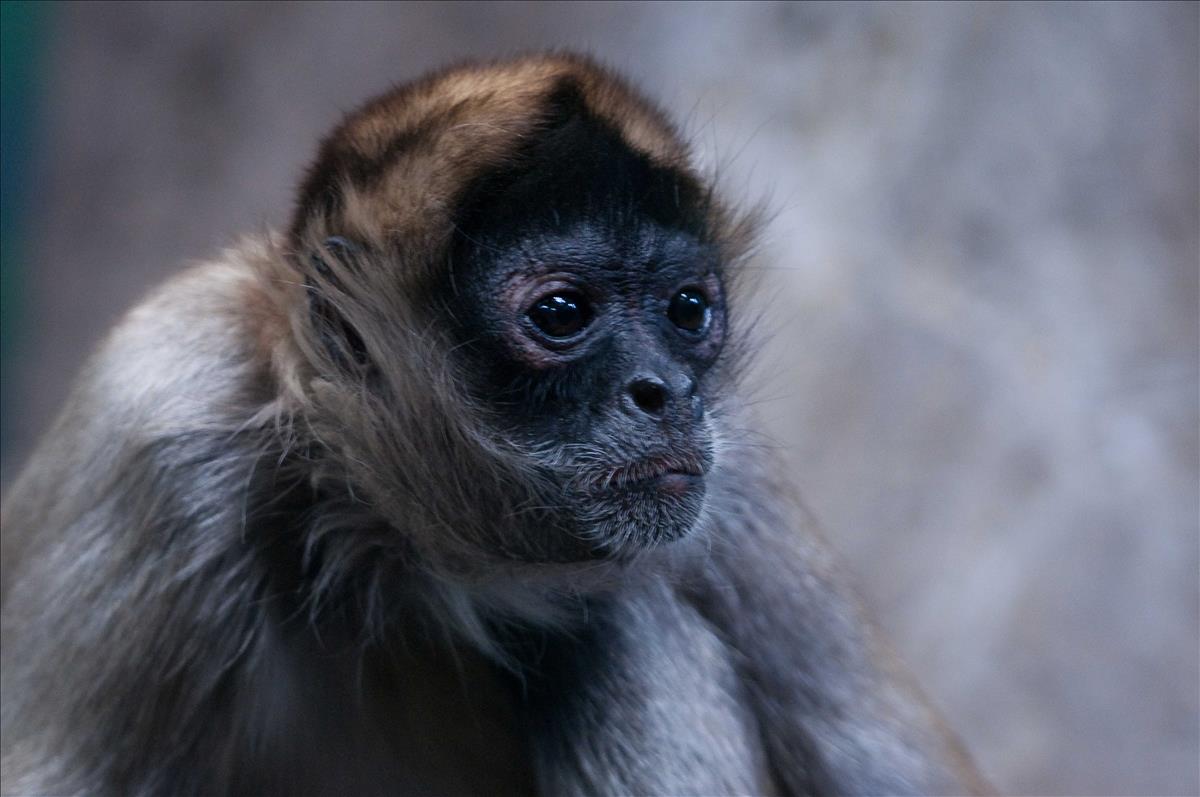Alerts
Please be advised that our bird aviaries are open!
Your Toronto Zoo is committed to the health and safety of the animals in our care. We take proactive steps to protect our birds from Avian Influenza which has been confirmed in a wild bird in southern Ontario, and some birds may still be off display.
Please note Splash Island is still closed and will not open until July due to unforeseen delays in construction. Please watch for updates on https://www.torontozoo.com/tz/splash or on our social media pages. Thank you!
Please note the following animals are currently not on display due to various reasons including Avian Bird Flu, and Covid-19 sensitivity:
- Flamingo, peacock, owl, bald eagle, and aviaries
- Some Kids Zoo Animals
- Cougar
- Moose
- Kangaroo walk through (kangaroos are still visible)
- Axolotl
We apologize for the inconvenience!


Mammal
Location at the Zoo:
Americas Outdoor Exhibit
Region: South and Central America
Black-handed spider monkey
Black-handed spider monkeys are one of the largest New World monkeys. They have small heads with prominent muzzles. Their arms, legs and tail are very long in proportion to the body length. The arms are 25% longer than the legs. Thumbs are greatly reduced or non-existent. (The genus name Ateles means “imperfect”, a reference to the vestigial thumb.) The hands are hook-like. Their muscular tail is the most mobile and dexterous prehensile tail of any primate; the underside of the last 25 cm is covered with finely ridged skin (dermatoglyphics) to provide grip. As well, the tail contains sweat glands and sensory nerve endings. The nose is platyrrhini (“broad nosed”) or with a broad nasal septum. Males are slightly larger than females.As their common name implies, their extremities (hands and feet) are covered in a very dark brown-to-black fur. The rest of their bodies’ fur colouration can vary from a yellowish-gray to dark brown to black, with golden yellow sides and a whitish or yellowish underside. The face is black, and there are light markings, or ocular rings around the eyes.
The length including body and head is 30.5 to 63 cm with a tail length of 63 to 84 cm. They weigh approx. 6 to 9 kg.
Conservation Status: IUCN
